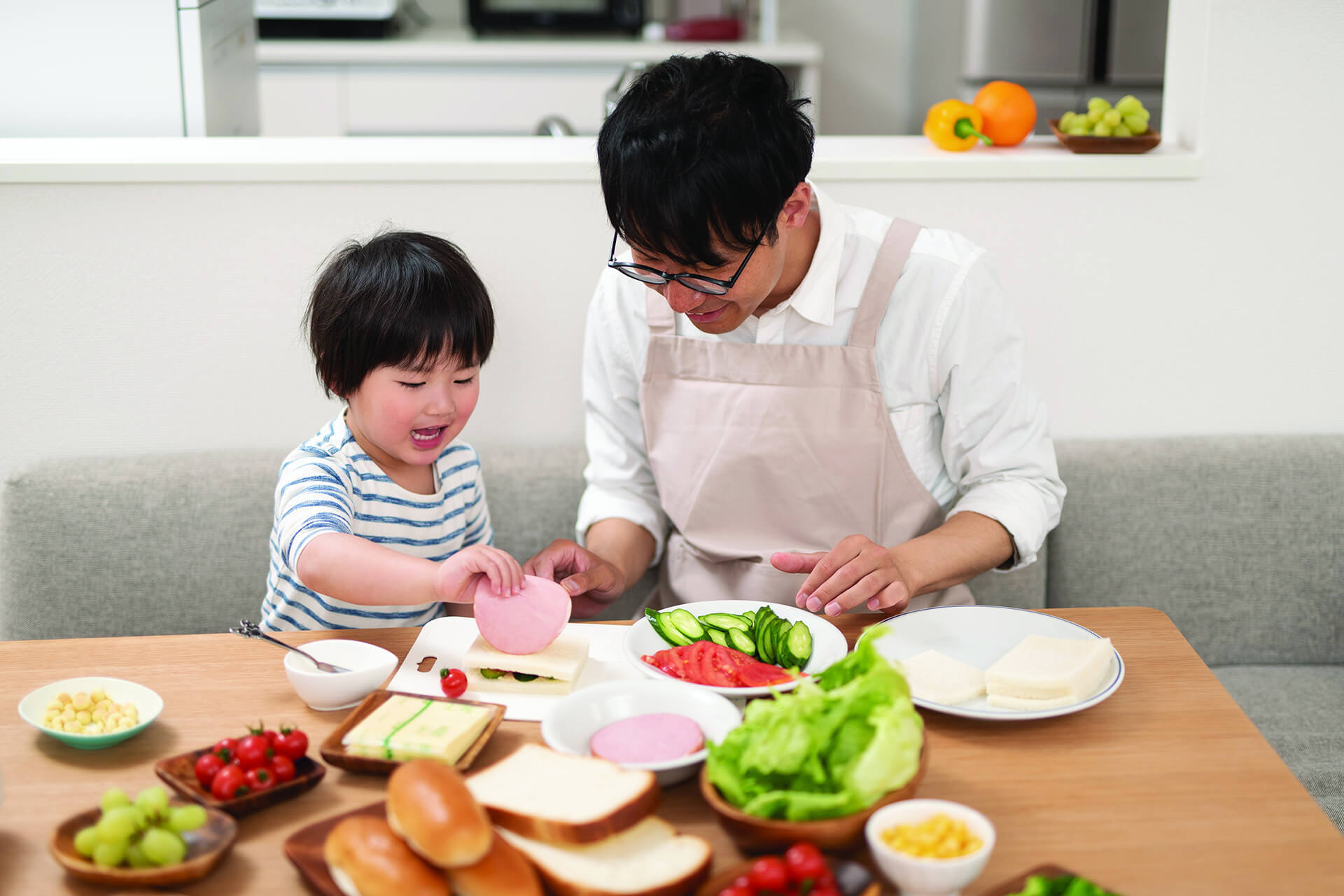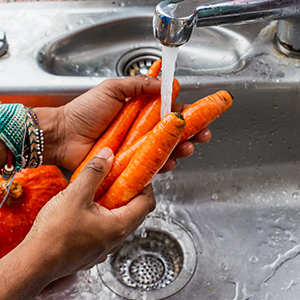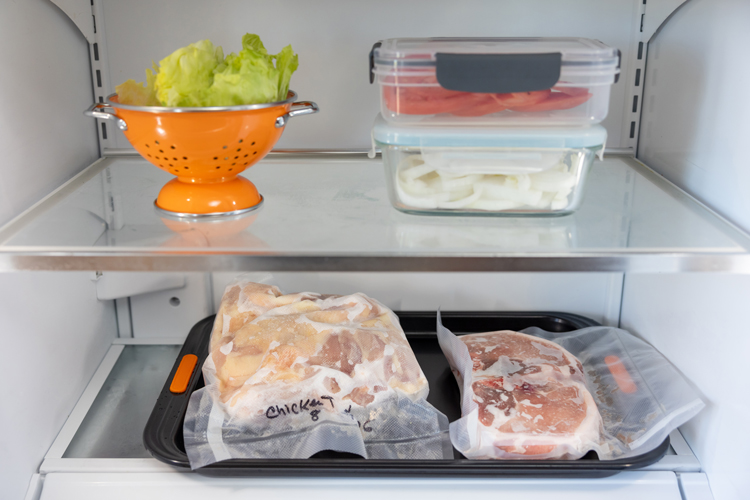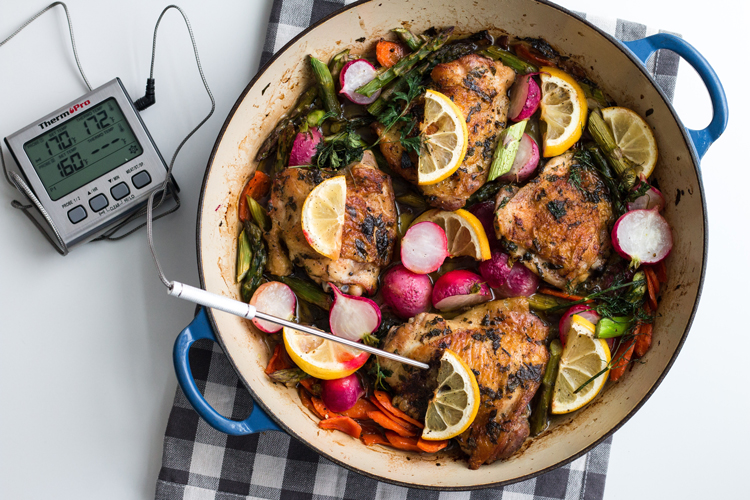¿SABÍAS QUE ES MÁS PROBABLE CONTRAER UNA ENFERMEDAD TRANSMITIDA POR LOS ALIMENTOS DURANTE EL EMBARAZO?
Si tienes hijos menores de cinco años, también corren mayor riesgo de contraer enfermedades de origen alimentario porque
su sistema inmunitario aún está en desarrollo. Por eso, es muy importante seguir los pasos de la seguridad alimentaria.











